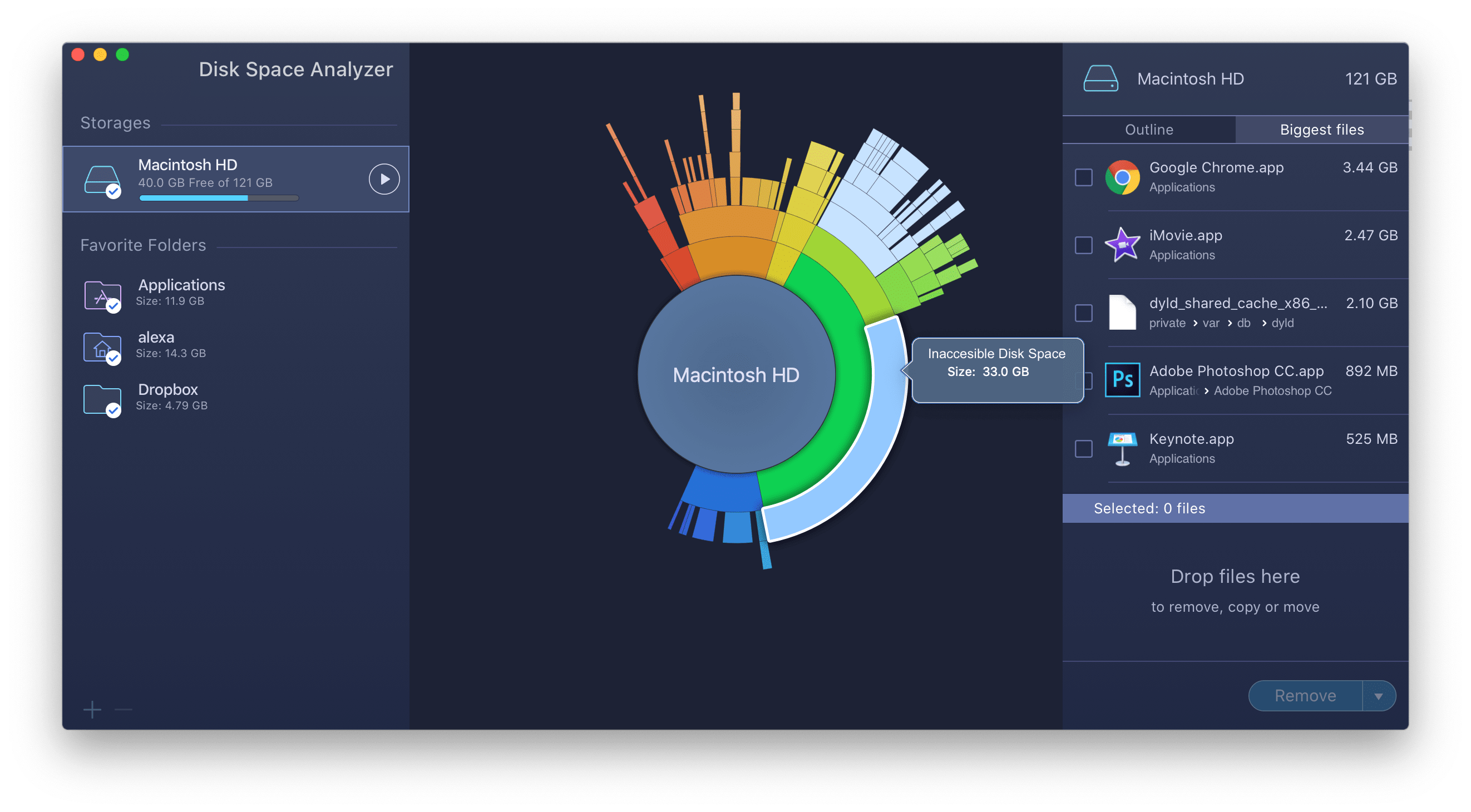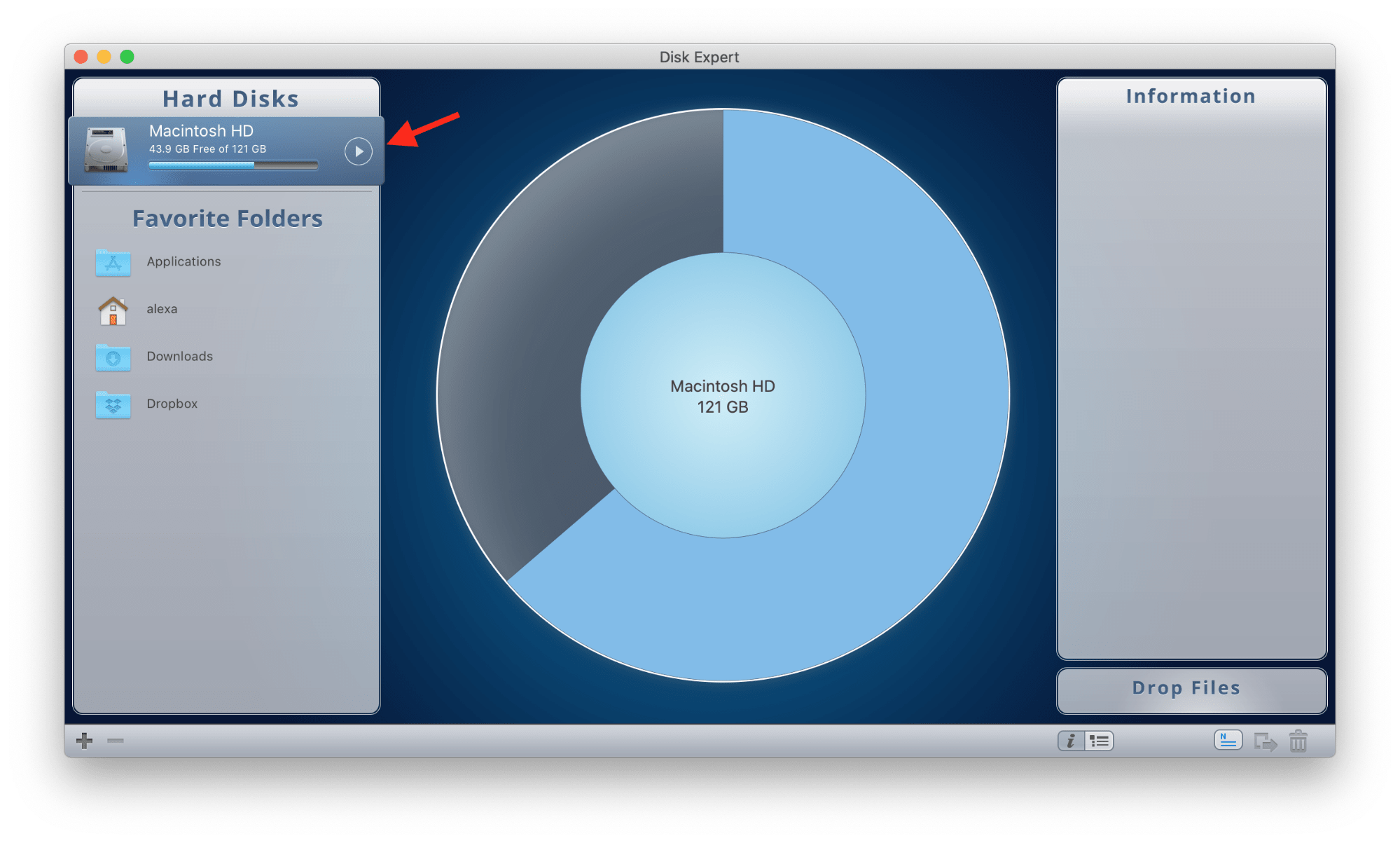
When you are finished deleting files empty the trash. You can now see which folders take the most space. Then sort these folders by folder size by clicking on the size heading in the window. To see how much space a folder takes, go to Menu ‘View/Show View options’ then select the box that says ‘calculate all sizes’. This is the hard way to make more space! But there is a trick to speed it up. For example the Epson library contains 1.4Gig of files and I don’t even have an Epson printer! Have a look in Macintosh HD/Library/Printers and delete any folders for printers you don’t need. OSX comes ready to work with hundreds of printers, chances are you only have one or two. This is like the languages, but for printer drivers. There may be some folders from applications you have deleted but no longer use. Have a look in your Macintosh HD/Library/Application Support folder. Clear out your Library/Application Support folder But if you have a big drive (say 100G or more) you probably won’t even notice an extra few hundred Megabytes taken by the language files.ģ. This will be more useful on an older smaller hard drive where the space taken by the language files is a significant proportion of the drive. (It gets rid of Afrikaans, Albanian, Amharic etc. Run it and it will remove all the language files you don’t need. Chances are you only speak one or two. Multilingual will allow you to delete some of the language files that you do not need.Ģ. Remove all the extra language files to gain a few hundred MB. I found lots of thinks I did not need with this program, like old movies that I no longer needed and had forgotten about, folders full of microsoft junk, etc.ĭon’t delete anything if you don’t know what it is.Ī more advanced piece of software with some extra options (but also extra complexity) is described here.Ģ. You can mouse over the colors to see which files they are on the hard drive, and then manually delete the folders to create free space.

Look at the results, they will be a picture like this: Run it, go have a cup of coffee – it can take a while.ģ.

This program shows you what is taking the most space.īut Disk Inventory X is very good for beginners and it does a nice graph like the one you see here of what is using your disk space.Ģ. You probably have lots of old files lying round you don’t use much, some of them might be very big.

Use Disk Inventory to see where your space is being taken. There are lots of files you can probably get rid of, but how do you find them?ġ.

You should never fill your hard drive to more than approx 80% capacity or it will slow down performance? Here are a few different ways to recover some extra Hard Drive space. Is your old laptop or computer running a bit slowly? It could be that the hard drive is too small and all your hard disk space is all used up.


 0 kommentar(er)
0 kommentar(er)
